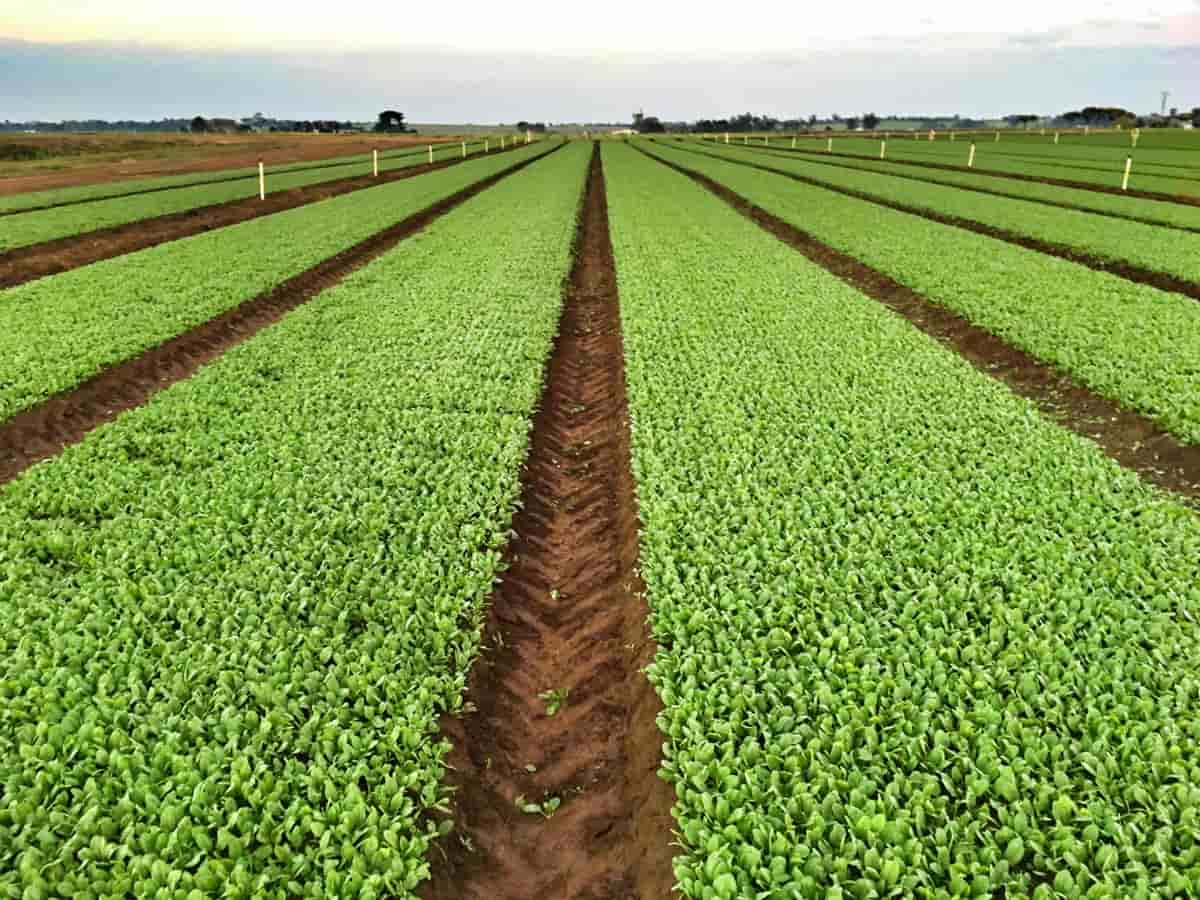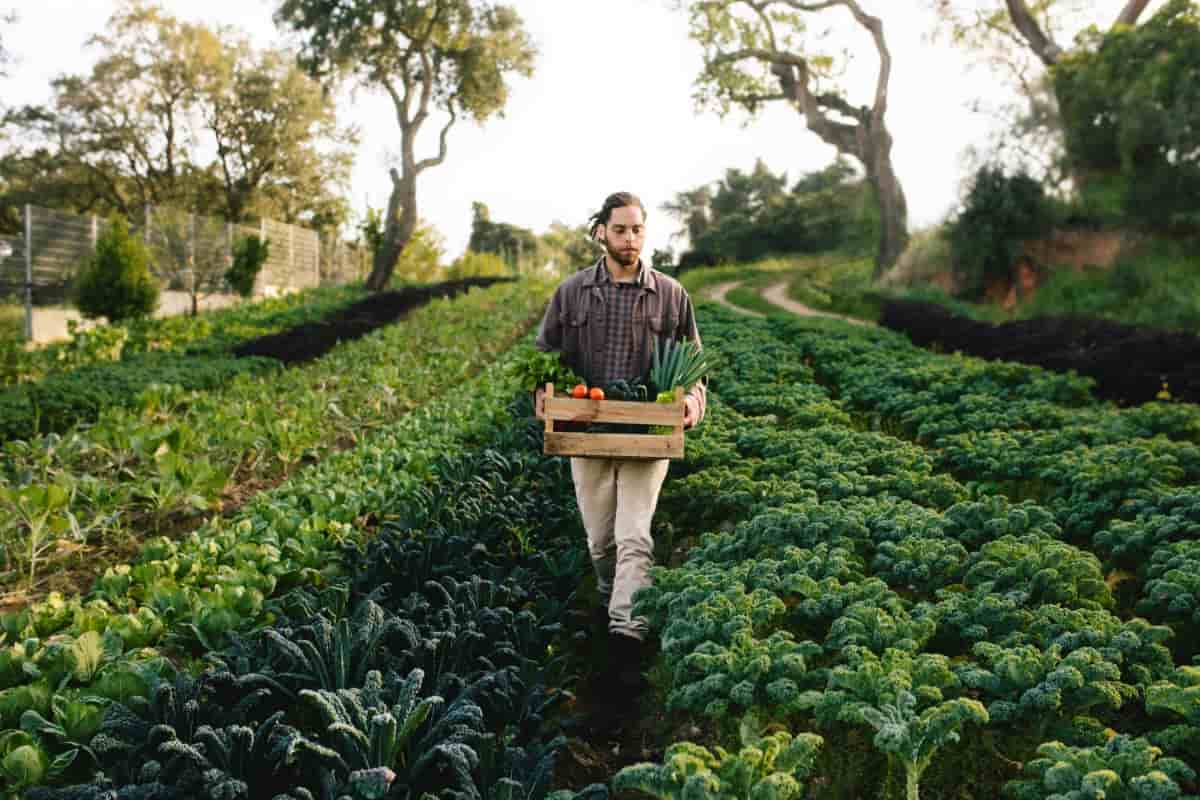Sustainable farming is rapidly emerging as a vital component of our global food system, addressing the challenge of producing enough food for a growing population without depleting our planet’s finite resources. This comprehensive guide aims to help to aspire to exist, sustainable farmers create an effective business plan, with an in-depth look at understanding sustainable farming, the steps to create a business plan, and how to perform an investment and profit analysis.

Introduction to Sustainable Farming
Sustainable farming is a comprehensive approach to agriculture that focuses on producing food, fiber, and other plant and animal products without causing harm to the environment, public health, or animal welfare. This farming approach employs techniques such as crop rotation, soil conservation, water management, and responsible livestock rearing to cultivate healthier crops, improve yields, and reduce the reliance on non-renewable resources.
Sustainable agriculture can fulfill our present requirements while safeguarding the ability of future generations to meet their own needs. It’s a transformative methodology that allows producers to balance production with preservation, seeking economic profitability and ecological and social viability.
Why a Sustainable Farming Business Plan is Important?
A Business plan outlines your business’s mission, goals, and strategies and helps you organize your thoughts, make sound decisions, and track your progress. For sustainable farming, a business plan goes beyond the typical elements—it incorporates an understanding of the ecological system, thoughtful management of resources, and strategies to achieve sustainable profitability. With the rising awareness of sustainable practices and increasing demand for organic food, a solid sustainable farming business plan can lead to more yields and profit.
In case you missed it: How to Create a Polyhouse Farming Business Plan: Solid Strategies for More Yields and Profit

How to Create a Sustainable Farming Business Plan
Executive Summary
An executive summary succinctly captures the essence of your sustainable farming business. It’s a snapshot that includes your business’s name, location, products or services, and mission. Your mission should specifically reflect your commitment to sustainability, whether that involves organic farming, conservation, or ethical livestock treatment. In one or two paragraphs, the executive summary should encapsulate the essential elements of your business and what makes it unique.
Description of Your Farm and Products
The next section should describe your farm and the products or services you offer. This is where you detail the size of your farm, the type of crops you plan to grow or the animals you intend to raise, and any unique aspects of your farming practices. Ensure to highlight any innovative or sustainable methods you plan to use, such as permaculture design, hydroponics, aquaponics, or renewable energy sources.
Market Analysis
A thorough market analysis gives insights into the industry, the existing competition, and your potential customers. Understanding your market’s size, trends, and growth rate is crucial. Gain awareness of both your primary and secondary rivals, comprehend their advantages and limitations, and identify unique aspects of your products or services.
Crucially, develop a clear understanding of your target audience—be well-informed about their preferences, locations, and effective means of engaging with them. Given the increasing demand for sustainable and organic goods, it is essential to plan to capitalize on this expanding market.
Marketing and Sales Strategy
Your marketing and sales strategy outlines how to attract and retain customers. In sustainable farming, this might include strategies for direct sales to consumers, such as farmers’ markets and community-supported agriculture (CSA) programs. It could also detail plans for selling to restaurants, grocery stores, or wholesale distributors. Remember to highlight the sustainable aspects of your business—these are significant selling points in today’s market.
Organizational Structure and Management Team
Outline your business’s organizational structure and the management team. Who participates in your business, and what are the responsibilities they fulfill? What is their experience, and how does it contribute to the success of your sustainable farming business?
Operational Plan
Your operational plan outlines the day-to-day activities necessary for your farm to function. It covers processes such as planting and harvest schedules, livestock rearing procedures, waste management, and any procedures related to maintaining sustainability. It should also cover details about your farm’s location, facilities, equipment, supply chain, and any applicable regulations you must comply with. By addressing these details, you demonstrate that you have thought through the practical aspects of running your sustainable farming business.
Financial Projections
Your business plan must also contain a section for financial projections. It should include your funding requirements, projected income, expenses, profitability, and cash flow. Your income will largely come from the sales of your farm products. For sustainable farms, you can often command higher prices for your products due to their organic and sustainable nature. Your expenses include seed, livestock purchases, feed, labor, equipment, and infrastructure maintenance.
For example, suppose you’re planning to start a sustainable vegetable farm on a 5-acre plot. After performing market research, you will find that organic vegetables in your area sell for an average of $4 per pound. If your farm can produce an average yield of 5,000 pounds per acre per year, you could generate a gross income of $100,000 per year ($4/pound x 5,000 pounds/acre x 5 acres). After deducting your expenses, you can determine your net income or profitability.
Your financial projections should also include a break-even analysis. This is the point where your income covers your expenses. Beyond this point, your farm is profitable. Understanding your break-even point allows you to set realistic price points and sales goals and manage your costs more effectively.
Sustainability and Impact Analysis
Given the nature of sustainable farming, your business plan should also contain a sustainability and impact analysis. This section outlines your commitment to sustainable practices and their expected environmental and community impact. Describe how your farm will contribute to soil health, biodiversity, and the local economy and reduce carbon emissions. Today, consumers are more conscious about where their food comes from and the practices behind its production. Detailing your sustainability measures can boost your business’s appeal and potentially lead to higher profit margins.
In case you missed it: How to Create a Vertical Farming Business Plan: Solid Strategies for More Yields and Profit

Conclusion
Sustainable farming is not just about being friendly to the environment; it’s also about creating a viable business that can sustain a farmer’s livelihood. A well-constructed business plan is an essential resource that can guide you through the intricate landscape of sustainable agriculture.
- Feed Your Flock for Less: Top 10 Tips to Save on Chicken Feed
- Ultimate Guide to Ossabaw Island Hog: Breeding, Raising, Diet, and Care
- Hatching Answers: The Top 10 Reasons Your Chickens Aren’t Laying Eggs
- Eggs and Economics: Breaking Down the Cost of Raising Backyard Chickens
- Defend Your Greens: Proven Methods to Keep Iguanas Out of Your Garden
- Ultimate Guide to Cinnamon Queen Chicken: A Comprehensive Guide for Beginners
- Ultimate Guide to California Tan Chicken: Breeding, Raising, Diet, Egg-Production and Care
- Ultimate Guide to Marsh Daisy Chicken: Breeding, Raising, Diet, and Care
- 10 Types of Chicken Farming Businesses You Can Start for Profits